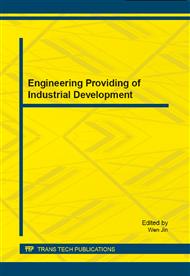p.3
p.9
p.15
p.21
p.25
p.32
p.37
p.42
p.48
Research on Automatic Driving Control System for Coach Collision Test
Abstract:
In order to reduce the cost of coach collision test in R & D process, coach collision test control system is designed by using automatic driving technology. The pseudo collision vehicles run along the longitudinal center line independently, till collide with fixed obstacles. In the coach, PID control theory is used to design and research the control on speed and turn, then install the controller and the corresponding sensors, which is in accordance with the requirements of impact test technology. The experiment results show that, maximum deviation of the test vehicle longitudinal center line coincidence degree is +125mm and-115mm respectively, the speed is still steady by driving straight to accelerate to the required speed of the collision, the design scheme is feasible.
Info:
Periodical:
Pages:
25-31
Citation:
Online since:
September 2014
Authors:
Keywords:
Price:
Сopyright:
© 2014 Trans Tech Publications Ltd. All Rights Reserved
Share:
Citation:


